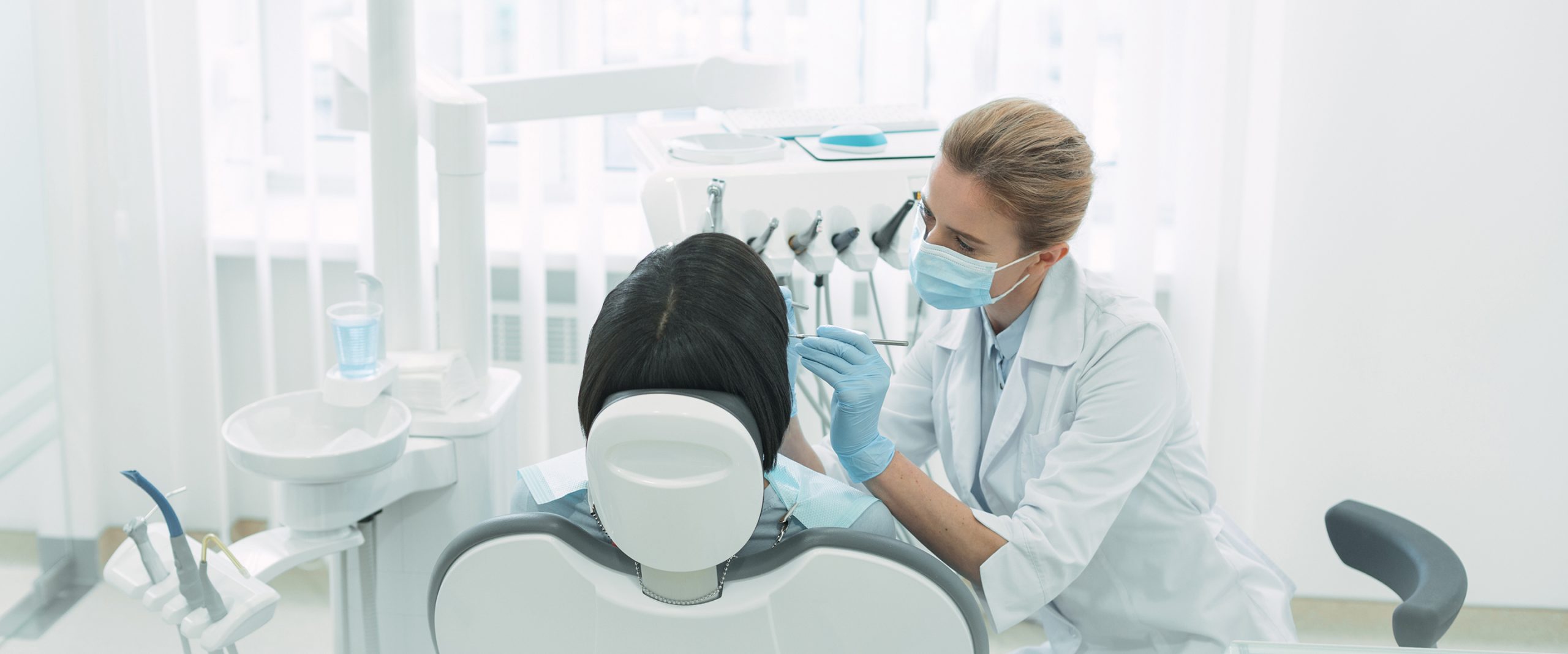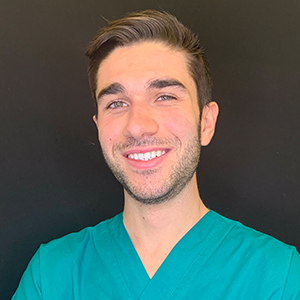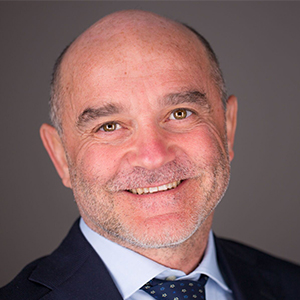Peri-implant soft tissue management has emerged as a concern over the last decade. Modern implant dentistry should pursue not only osteointegration and hard tissue stability, but also soft tissue stability. The “transmucosal attachment” acts as a mucosal seal, fundamental to the biological stability of the implant, and at the same time guarantees a satisfying esthetic result.
Soft tissue management surgical techniques can be divided into two groups based on the treatment objective:
- Techniques to increase the keratinized tissue (KT) in order to obtain an adequate quantity and quality of KT attached at the periosteum to improve self-plaque control
- Techniques to increase the soft tissue thickness, creating or recreating supracrestal soft tissues, from the bone crest to the mucosal margin.
This overview aims to explain indications and timings of the principal surgeries to correctly handle peri-implant soft tissues both in the esthetic area and in the posterior area.
Introduction
The soft tissue surrounding dental implants is called “peri-implant mucosa” and its characteristics are determined during the healing process following implant placement or the abutment connection. A mucosal seal (“transmucosal attachment”) should prevent bacterial products reaching the bone, thus ensuring the osteointegration of the implant: this concept is at the base of modern implant dentistry (Avila-Ortiz 2020; Lindhe & Lang 2015).
Peri-implant mucosa and gingiva share some clinical and histological characteristics, even if they present important differences. Peri-implant mucosa, such as the gingiva, is covered by a keratinized epithelium that is followed by a thin barrier epithelium, similar to the gingiva junctional epithelium, that is in direct contact with the abutment; this last epithelium continues up to 1 – 1.5 mm coronally to the bone crest. While supracrestal fibers around teeth are inserted in the cementum, collagen fibers around implants originate from the bone crest periosteum and project parallel to the implant surface, creating a “connective adhesion” (Lindhe & Lang 2015).
The height of the peri-implant supracrestal soft tissue (PST) represents the vertical dimension of the soft tissues surrounding the implant, from the bone crest to the mucosal margin. PST must not be confused with “supracrestal attachment”, which is used only for natural teeth. While the supracrestal attachment around teeth is described as the vertical dimension from the apical aspect of the sulcular epithelium to the bone crest (including junctional epithelium and connective attachment), the PST height includes sulcular epithelium, junctional epithelium and supracrestal connective tissue not properly attached at the abutment surface (Avila-Ortiz 2020).
The term “keratinized tissue” defines the external characteristic of the soft tissue between the mucosal margin and the muco-gingival junction; if KT is clinically absent there is only mucosa surrounding implants and abutments.
A minimum of 2 mm of KT is considered necessary for peri-implant health, thus facilitating proper oral hygiene procedures (Roccuzzo 2016; Thoma 2018; Giannobile 2018).
Peri-implant soft tissue thickness is not related to KT height and is defined as the horizontal dimension of the soft tissue between the outer surface of the mucosa and the surface of the implant components. Soft tissue thickness is necessarily related to the tissue phenotype as it depends primarily on the thickness of connective tissue between the outer oral epithelium and the sulcular epithelium (a thin phenotype has been identified as a risk factor for gingival/mucosal recession).
In the absence of a “connective tissue attachment”, what is the minimum soft tissue thickness to prevent mucosal recession in the case of brushing trauma or bacterial colonization? It could be assumed that connective tissue thickness should be greater than the area occupied by the inflammatory infiltration induced by subgingival bacteria or toothbrush trauma: since the inflammatory infiltration occupies approximately 1 – 2 mm, a soft tissue thickness greater than 2 mm is necessary to prevent peri-implant soft tissue dehiscence (Mazzotti 2018).
Based on what has been stated above, “peri-implant soft tissue augmentation techniques” must be divided according to the specific treatment objective.
KT augmentation techniques aim at obtaining a quantity/quality of KT attached to the periosteum; this tissue is necessary to improve patient plaque control at home and to obtain a deepening of the vestibular fornix.
Soft tissue thickness augmentation techniques aim at creating or recreating PST by increasing the thickness and height of the soft tissue from the bone crest to the mucosal margin; this tissue is fundamental to giving the prosthetic restoration a natural emergence profile and to ensuring a satisfying esthetic result.
Soft tissue thickness augmentation techniques
The treatment of a soft tissue dehiscence (STD) in the esthetic area is one of the main applications of soft tissue thickness augmentation techniques. An STD is defined as an apical displacement of the mucosal margin of the implant-supported crown in respect of the ideal position of the gingival margin on the natural homologous tooth, with or without exposure of the implant surface. These defects are often caused by incorrect implant placement in the buccal-palatal direction (Mazzotti 2018; Evans 2008). Excessively buccal placement or an incorrect buccal-palatal inclination can result in an extremely vestibularized crown. In this clinical situation, the buccal soft tissue will never be thick enough (at least 2 mm) to ensure the stability of the mucosal margin, preventing recession.
If the implant is not characterized by buccal bone dehiscence, the mucosal margin recession stops where the buccal bone crest begins, with the subsequent lengthening of the implant-supported crown compared to the natural homologous tooth, with or without exposure of the abutment.
In numerous cases, even if the implant presents a buccal bone dehiscence, recession of the mucosal margin stops before exposure of the implant surface because the buccal soft tissue can be fibro-integrated with the rough implant surface. Only when bacteria or trauma are the cause of destruction does the exposure of the implant surface clinically manifest. Contamination of the exposed implant surface represents a negative prognostic factor because decontamination is considerably unpredictable.
The primary objective of the STD treatment is to achieve complete dehiscence coverage to restore the mucosal margin of the implant-supported crown at the level of the gingival margin of the natural homologous tooth. Another primary objective is to modify the peri-implant phenotype in specific sites, thus obtaining a buccal soft tissue thickness of more than 2 mm. A high prevalence of esthetic defects due to STD is reported in the literature (up to 64%), especially when immediate post-extraction implants are performed (Cosyn 2012).
There are no randomized controlled trials that prove the effectiveness of one STD treatment compared to another, and only few prospective studies are available. Regardless of the treatment selected, the absence of clinical and radiographical signs of peri-implantitis is mandatory.
The several surgical approaches proposed include muco-gingival techniques (coronally advanced flap with connective tissue grafts or substitutes, tunnel techniques), GBR techniques, and combined techniques involving prosthetic-surgical approaches (Mazzotti 2018).
Recently, a prosthetic-surgical approach has shown excellent results in a 5-year follow-up in terms of full coverage and increased buccal soft tissue thickness. The surgical phase, which involves a coronally advanced flap with a connective tissue graft, is preceded by a first prosthetic phase that aims at preparing the tissues for the subsequent surgery and is followed by a second prosthetic phase characterized by conditioning of the surgically increased tissue and ends with the placement of the final crown. Using this approach, it is possible to completely cover the STD and mask the color of the implant/abutment with the soft tissue (Zucchelli 2013a; Zucchelli 2013b; Zucchelli 2018).

The long-term success of the prosthetic-surgical approach in the treatment of STDs demonstrates the fundamental role of the soft tissue in implant therapy. Despite the implant malpositioning and lack of buccal bone integrity, the PST can be predictably increased and maintained in a healthy state. Even if the height and thickness of the buccal bone at the implant site are intact, a PST thickness greater than 2 mm is required to provide stability to the mucosal margin of the implant crown and to mask the transparency of the underlying implant component. This concept should be taken into particular consideration during implant placement.
The two main risk factors of STDs are implant malpositioning and thin phenotype. The risk of implant malpositioning can be reduced through careful planning with a CBCT evaluation and guided implant placement, while the insufficient buccal soft tissue thickness should be surgically increased with a connective tissue graft performed at the same time as implant placement.
The main advantages of guided implant placement are the reduction of positioning errors during the surgical procedure and the possibility to have a precise provisional crown that can be quickly adjusted during surgery, preventing the buccal soft tissue from collapsing. After implant placement, a connective tissue graft is fixed under the coronally advanced flap to increase the soft tissue thickness in the supracrestal tissue area from the buccal bone to the mucosal margin. This approach to delayed implant placement, combining guided surgery with an increase in soft tissue thickness, allows successful results to be obtained in terms of function and esthetics.

Keratinized tissue augmentation techniques
In the posterior areas, characterized by the absence of esthetic demands, the main goal of peri-implant soft tissue management is to increase the height of the keratinized tissue and to increase the vestibular fornix depth, facilitating good plaque control at home.
Particularly at the lower posterior teeth, it is common to find implant sites characterized by a reduced fornix depth and poorly keratinized tissue, with the alveolar mucosa directly at the mucosal margin of the implant crown. The alveolar mucosa is an elastic and mobile tissue that compromises the effectiveness of the brushing, thus representing a risk factor for peri-implantitis (Souza 2016; Perussolo 2018).
The main technique for increasing peri-implant keratinized tissue is the free gingival graft (Nabers 1966; Sullivan 1968). The first phase of the surgery is the apically positioned flap. After recipient bed preparation, the apical repositioning of the mucosa is fundamental for many reasons: better control of bleeding, visibility of the periosteal bed during surgery, and to prevent the mucosa from joining the connective tissue graft when the graft spontaneously loses its epithelial lining in the first days of healing. The stability of the graft and the absence of an important blood clot between the graft and the periosteum are the two critical factors for correct healing: if the graft moves on the periosteum, blood anastomoses will not be possible, preventing the free gingival graft from receiving the necessary blood supply.
The typical aspect of free gingival graft healing with the misalignment of the muco-gingival line and the keratosis-like appearance of the tissues makes this technique suitable for areas with no esthetic demands.

Conclusions
The management of peri-implant soft tissues plays a crucial role in terms of function and esthetics in implant-supported crown rehabilitation.
Surgical techniques can be divided into techniques for increasing the thickness of peri-implant soft tissues and techniques for increasing keratinized tissue, with several therapeutic approaches described in the literature. In posterior areas, the free gingival graft is indicated to increase keratinized tissue and therefore improve self-performed plaque control. In anterior areas, the adjunctive use of a connective tissue graft during implant placement improves the esthetic result of the final implant-supported restoration. In the treatment of esthetic complications, the combined prosthetic-surgical approach has shown excellent results in terms of complete dehiscence coverage.
Learn more in the ITI Academy:








